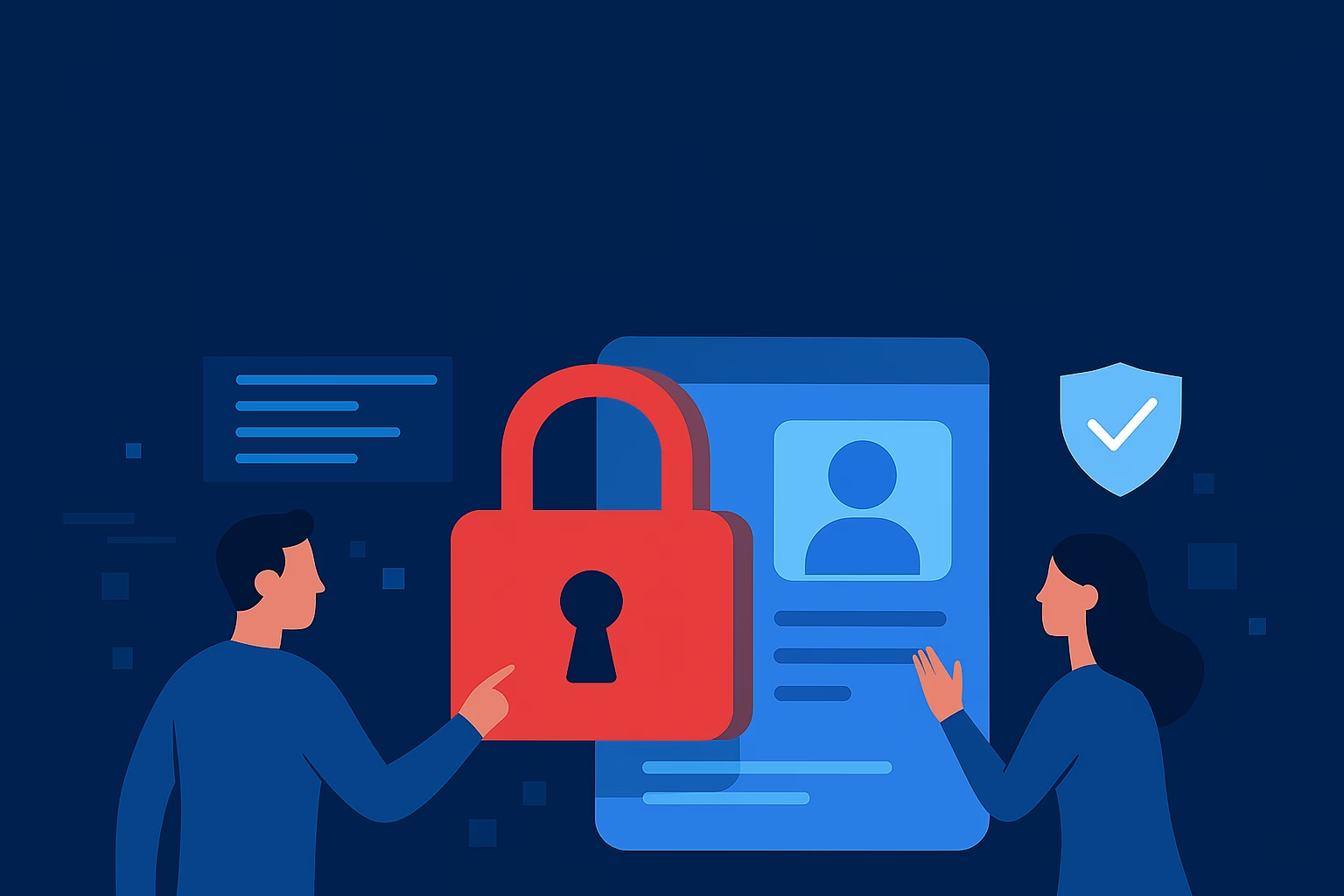Identity and access controls used to be an IT checkbox. Not anymore. As cloud adoption, platform modernization and AI pilots spread across Southeast Asia, identity has moved to the center of enterprise risk and opportunity. That shift matters not just for banks and telcos, but for startups, indie game studios, content creators and anyone who runs services in the cloud.
A new SailPoint report finds 63 percent of organizations worldwide remain in early identity maturity stages that rely on manual processes, leaving machine accounts, service credentials and AI agents poorly governed. That gap raises the odds of lateral attacks and data exposure as non-human identities proliferate.
Why this matters beyond security
Identity controls are the plumbing of modern digital business. When they work they speed onboarding, reduce friction in dev pipelines, and cut the time it takes to roll out features. When they fail they cause outages, compliance headaches and breaches that can destroy trust overnight. SailPoint’s research shows organizations that treat identity as a business enabler report outsized returns, including operational cost savings and faster processes. Yet only a minority frame identity as strategic rather than a compliance checkbox.
For developers and DevOps teams, unmanaged machine credentials mean compromised CI/CD systems or cloud workloads. For product teams, loose access controls can turn a single misconfigured service into a customer data leak. For indie devs and game studios that rely on cloud services and third-party plugins, the same risks scale down and become acute: a leaked API key or service account can mean lost revenue, stolen builds, or game server takeovers.
What’s new this year
Two trends in the report deserve attention. First, the rise of AI agents and bot-driven automation means more identities that aren’t human but act autonomously. Second, the maturity bar has moved up: what counted as “advanced” last year is baseline now. The result is that some organizations technically regressed because they no longer meet the new thresholds for automated, AI-aware identity governance.
Practical steps for teams of every size
You don’t need an army of security engineers to make measurable progress. Here are concrete actions relevant to startups, mid-market firms and enterprises in Southeast Asia.
- Inventory everything early
Know your human accounts, service accounts, API keys and agent identities. Missing assets are the weakest link. Clean identity data before migration to avoid importing messes into new tooling. Organizations that prioritized data cleanup were significantly more likely to scale successfully.
- Treat non-human identities like people
Enforce lifecycle rules for machine accounts, rotate keys, expire credentials automatically and require just-in-time access for high-risk operations. Machine identities should have governance, audit trails and revocation processes identical to human accounts.
- Integrate identity telemetry with operations
Feed identity signals into SIEM and SOAR so access anomalies trigger playbooks. Identity-as-detection reduces dwell times and limits lateral movement during incidents.
- Standardize app onboarding and reuse templates
Use templates for common integrations so every new app doesn’t create a bespoke permissions mess. That reduces human error and speeds time to production.
- Make the business case early
Measure ROI in productivity gains, faster feature delivery and reduced manual effort. Identity projects that show business upside get executive sponsorship and funding, and that’s often the difference between a pilot and a program that scales.
Regional reality check
Southeast Asia’s digital economy is diverse. Singapore houses global fintech and cloud hubs. Malaysia has rising cloud adoption in enterprise. The Philippines is modernizing back-office systems while a huge SMB sector moves services online. That diversity means a one-size-fits-all policy won’t work. But the common denominator is speed: modernization without identity governance is the fastest route to a costly incident.
Where to focus first in the Philippines
For Philippine organizations, prioritize identity hygiene for cloud migrations, protect bank integrations and sensitive customer data, and enforce lifecycle controls on third-party service accounts. Regulators and auditors increasingly scrutinize access controls, so strong identity programs reduce compliance risk while enabling growth.
This is not all doom and gloom. Companies that move purposefully can convert identity into a competitive advantage. Automated lifecycle workflows, unified identity telemetry and AI-enabled governance are more accessible than most teams assume. Mature organizations in the report deployed AI-enabled controls at far higher rates and reported faster, more secure scaling.
Identity security is no longer a niche concern for CISOs and auditors. It’s infrastructure for business velocity, and in Southeast Asia the urgency is real. Whether you run a one-person dev shop, a regional gaming studio, or a multinational, start with inventory, automate lifecycles, and make identity telemetry part of your incident response. Do that and you’ll be less likely to be the story in tomorrow’s breach headline.

